Gaelic Grammar Hacks Beagan taic
These videos will help you with some quick grammar fixes! Bheir na bhidiothan seo beagan taic le gràmar na Gàidhlig!
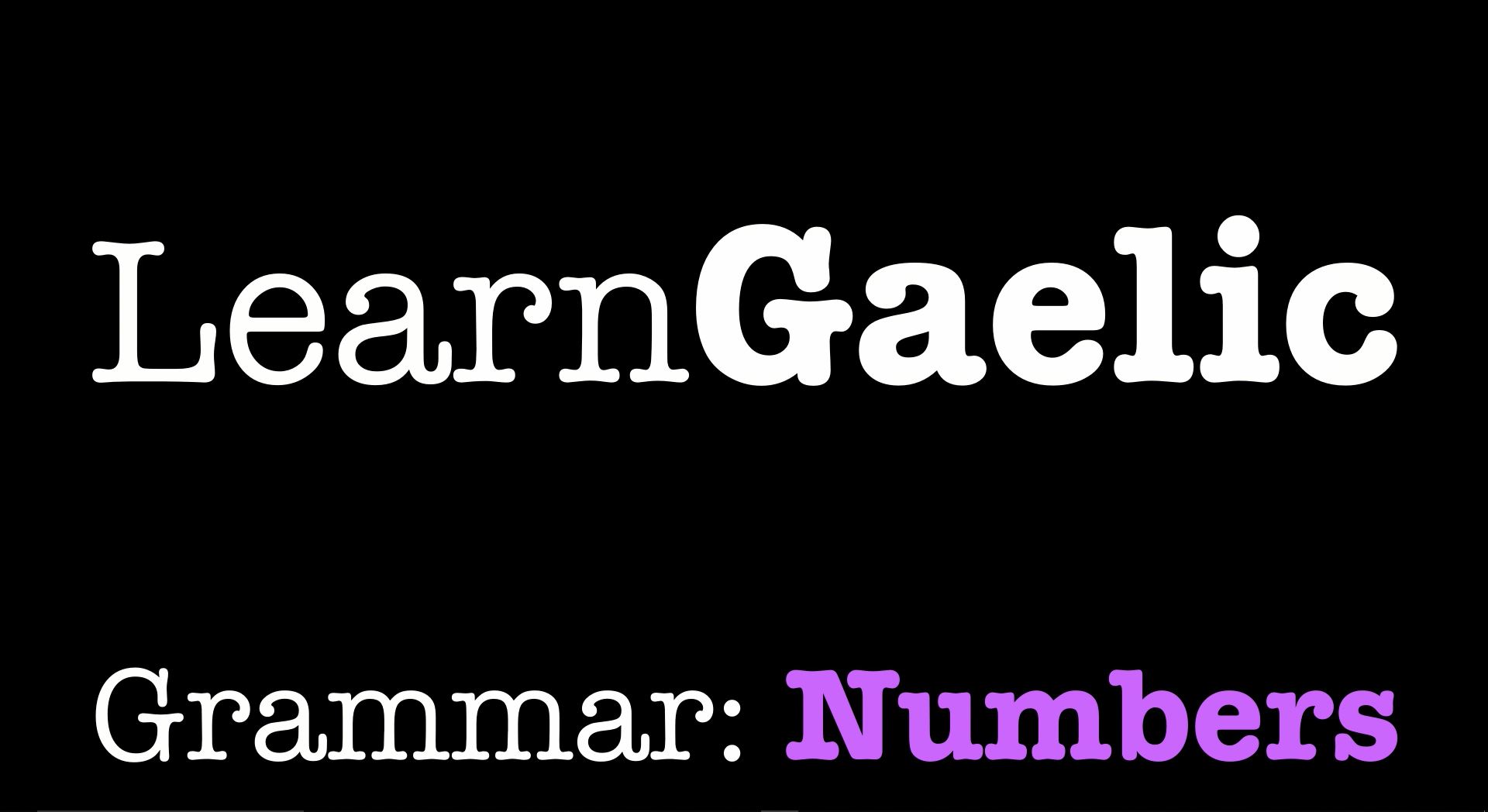
Numbers in Gaelic can be confusing, as singular and plural numbers are not always as straightforward as they are in English.
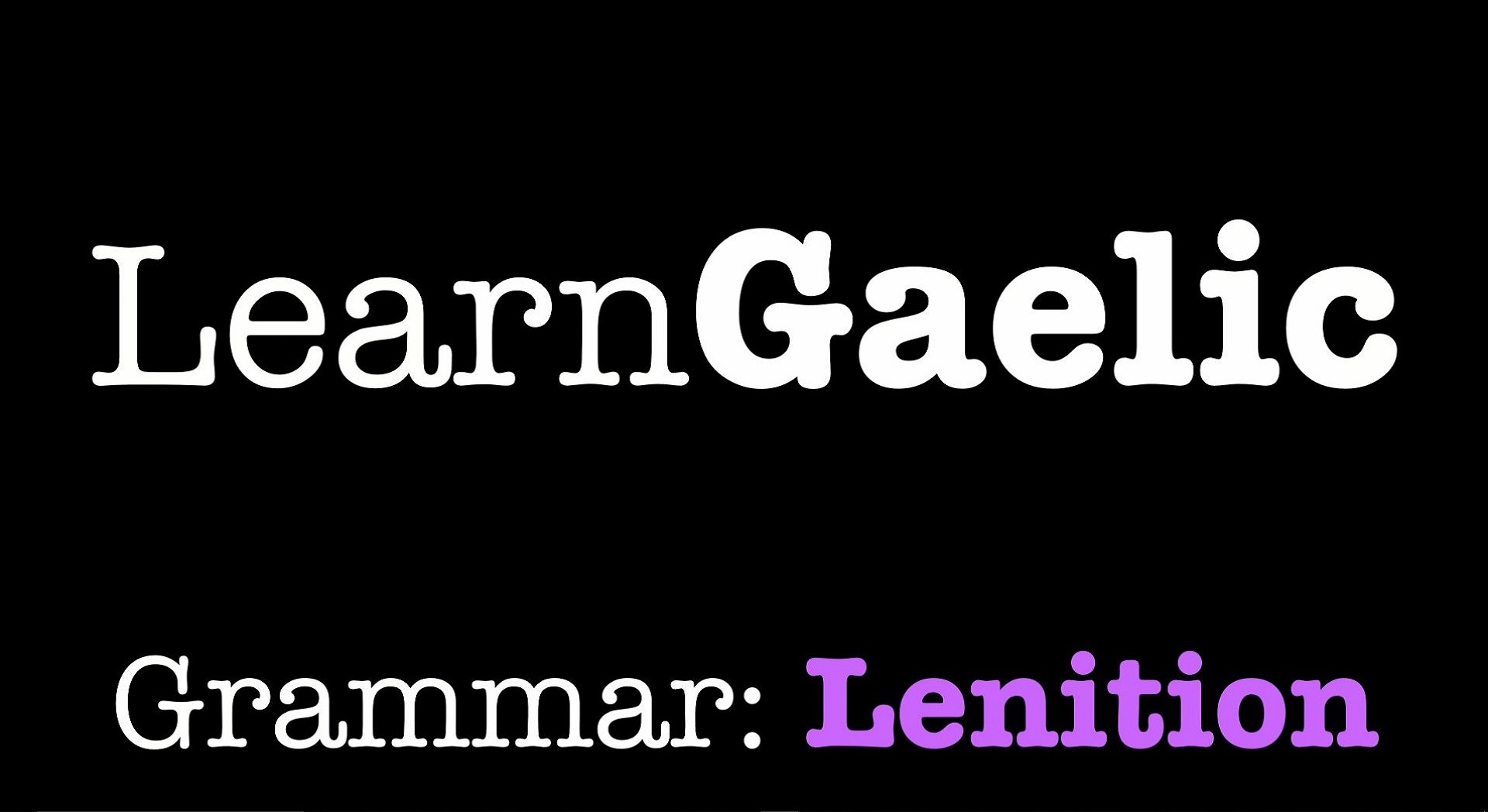
In Gaelic, the letter “h,” after a consonant, changes the sound of that consonant. This is called lenition, and it is very common throughout everyday Gaelic.
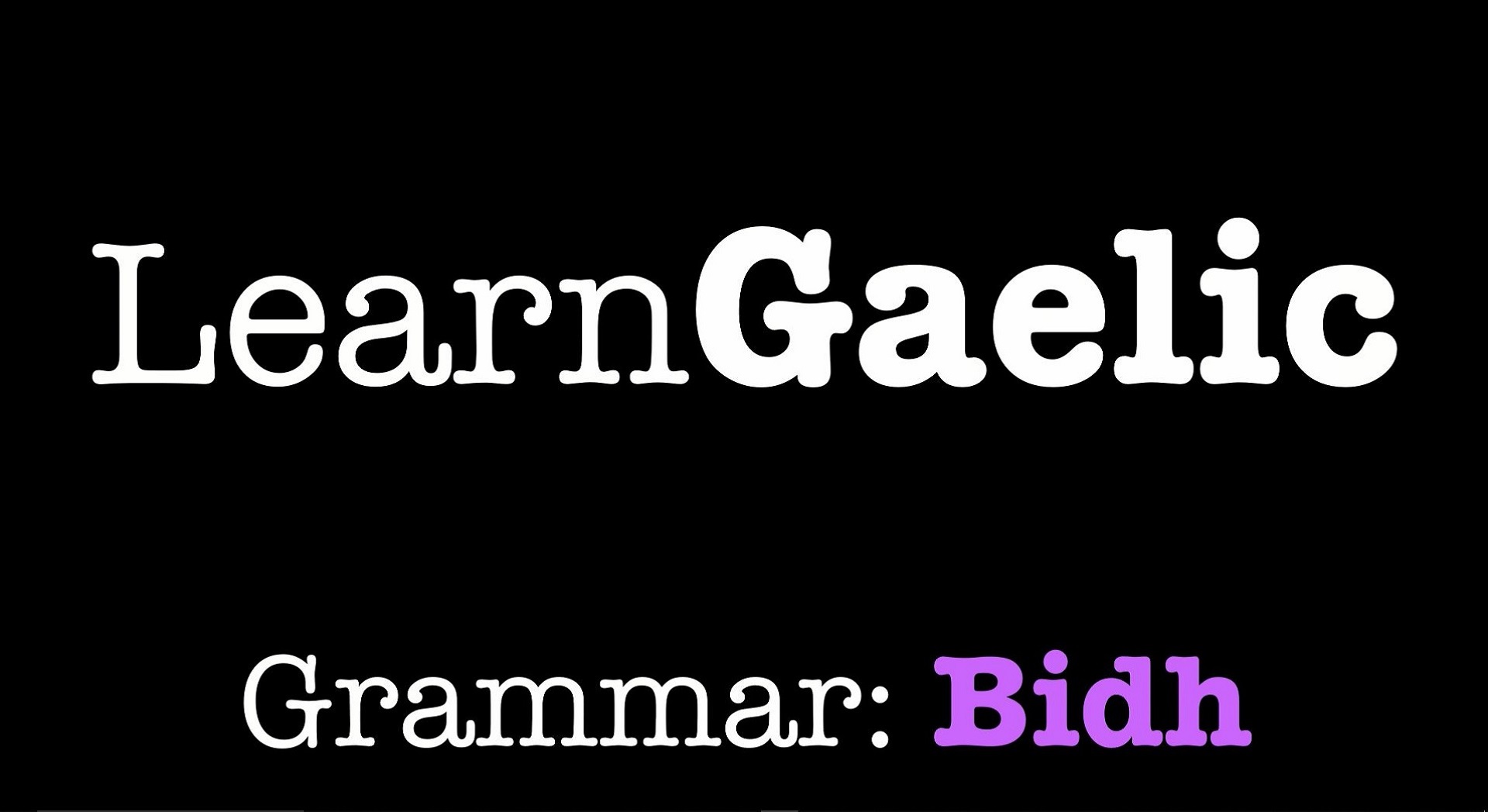
The verb “to be” can often be a bit confusing, as it is one of the ten Irregular Verbs in Gaelic.
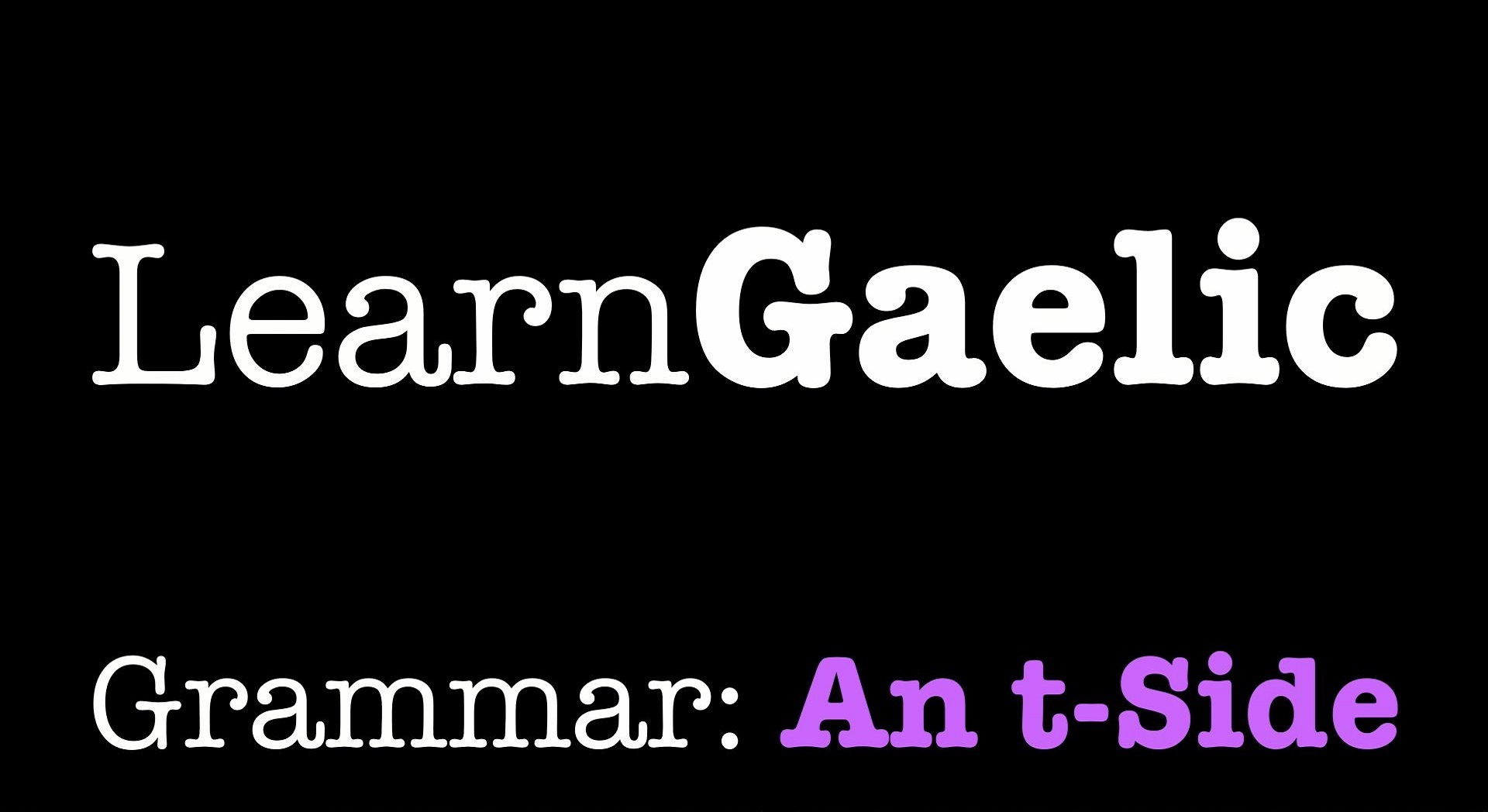
The weather is almost always a great topic for striking up a conversation, but it's a source of grammar storms!
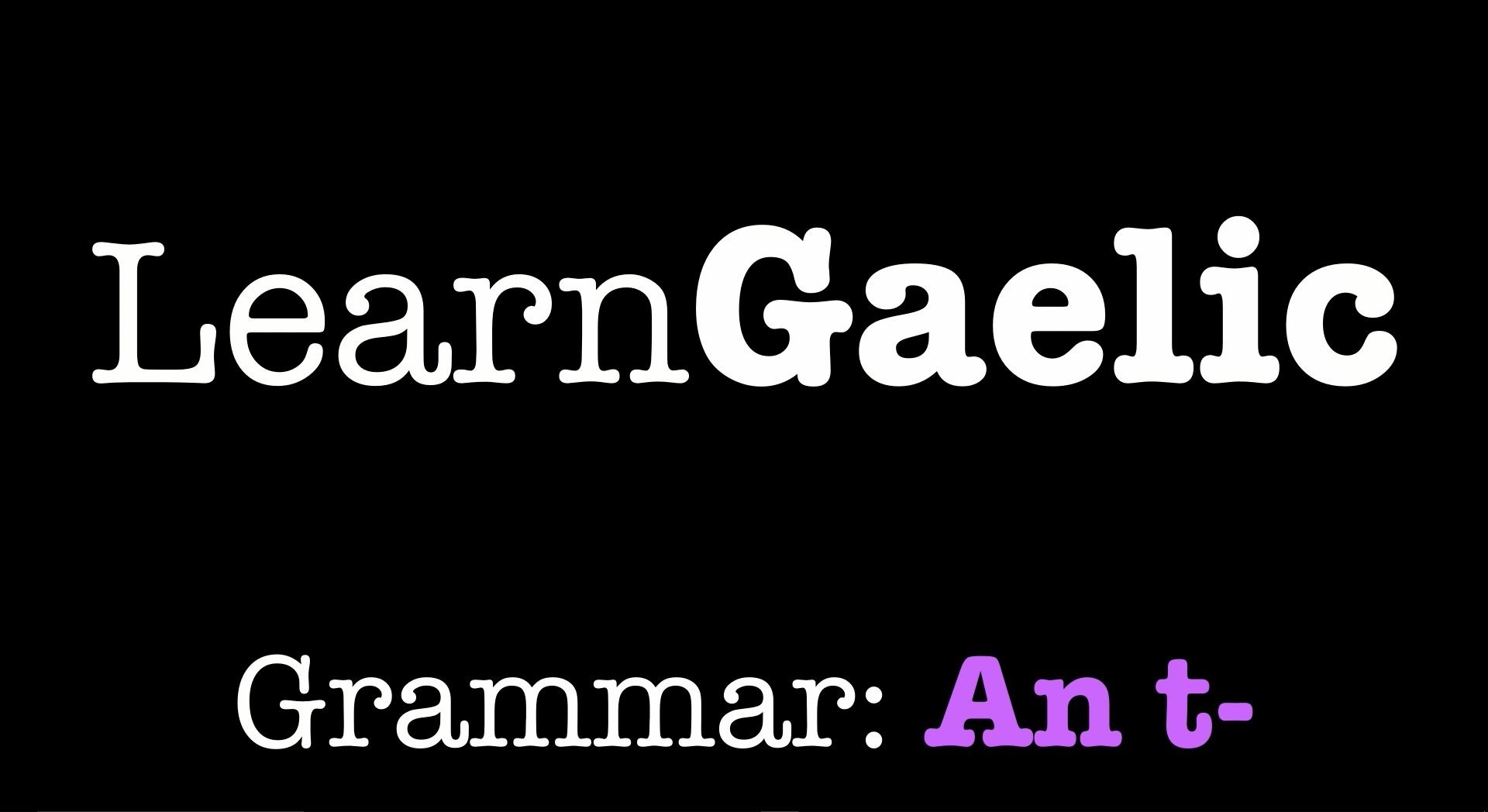
An t- is a form of the Gaelic definite article (equivalent to the English word “the”), and can sometimes be the cause of confusion as to when it is and is not used.
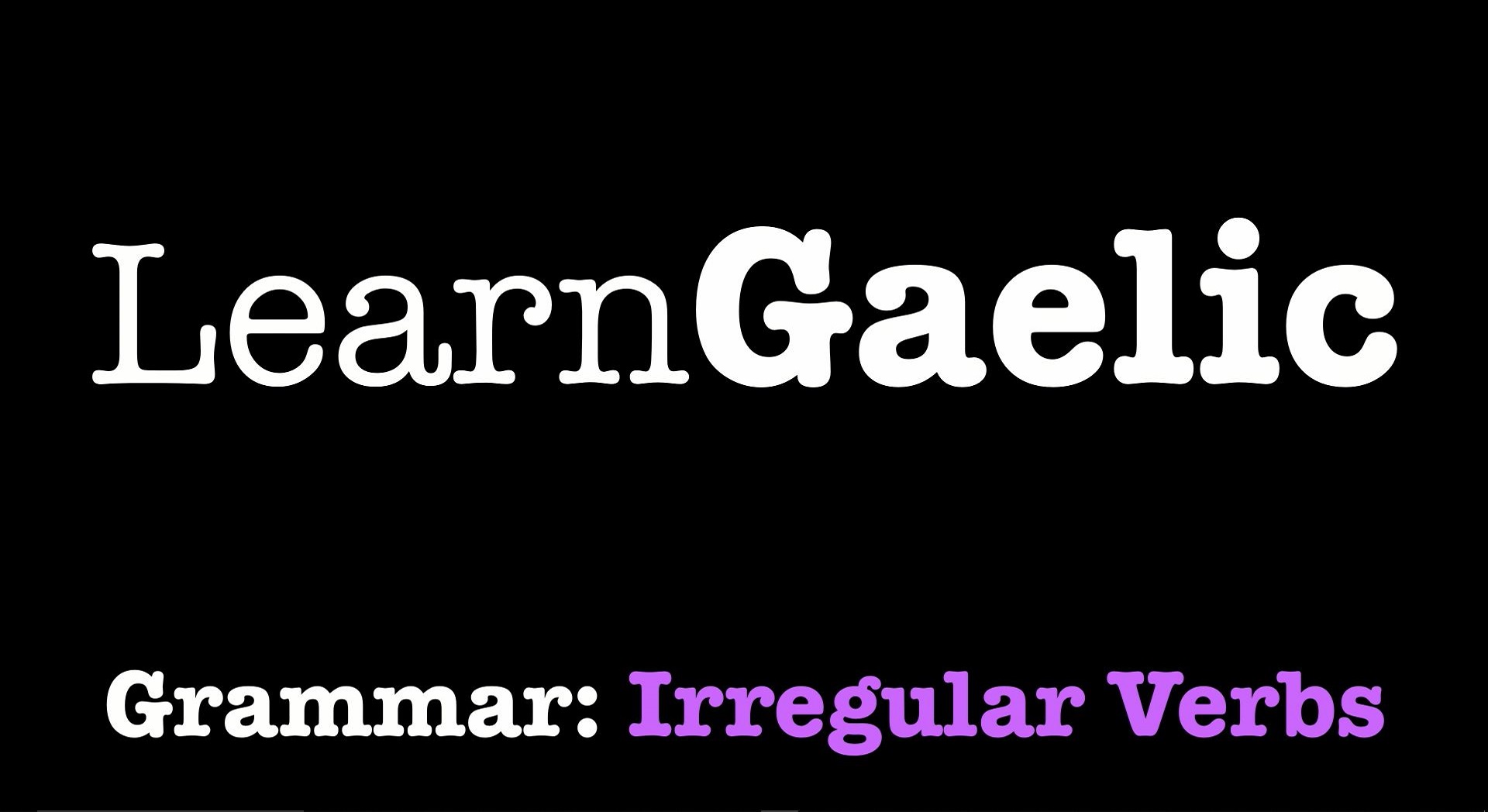
Verbs can be a bit tricky in Gaelic, especially when it comes to the irregular verbs, which do not follow the same pattern as other verbs.
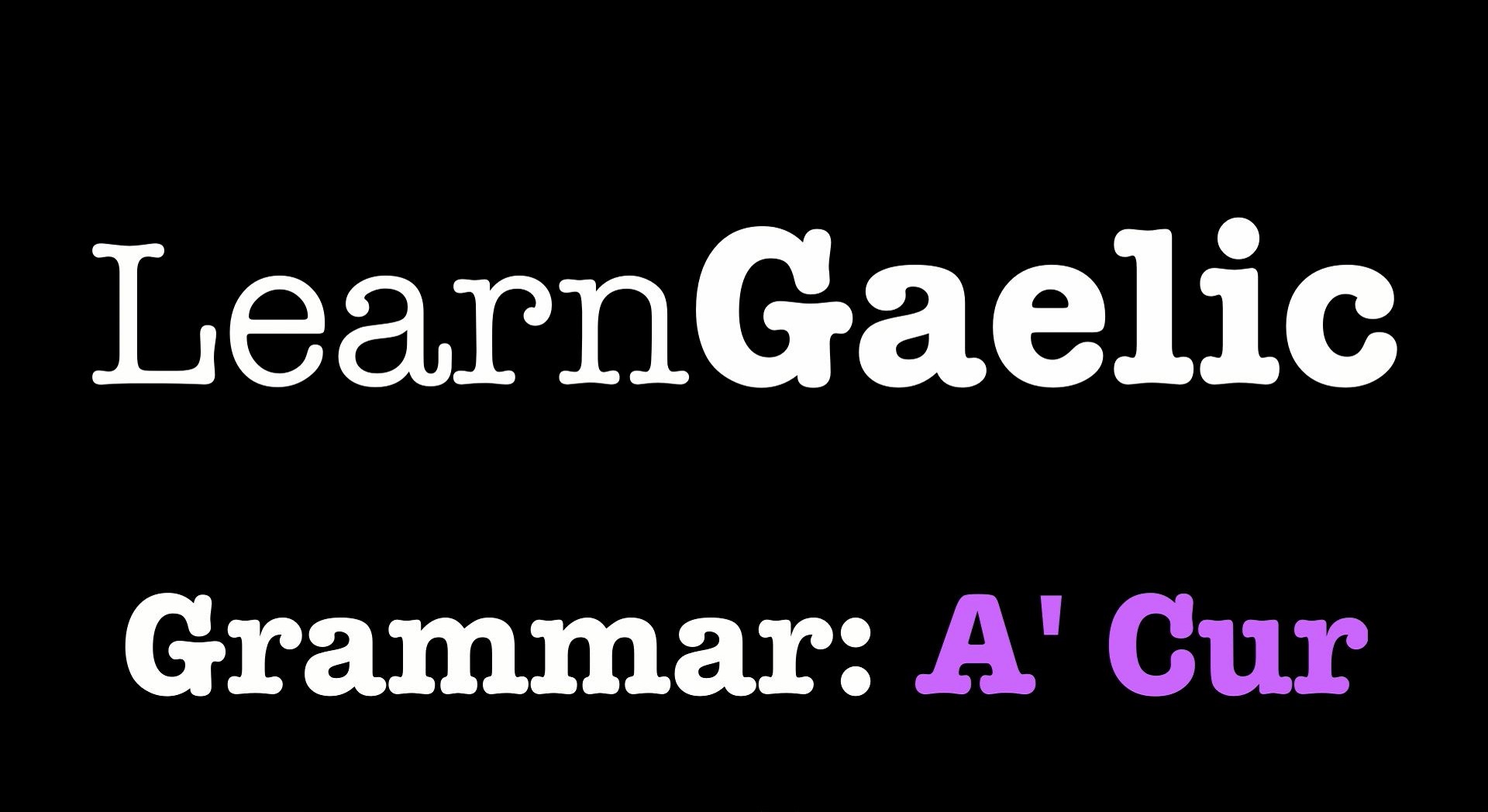
The verb for putting, sending, or planting (a’ cur) can be a bit confusing given the number of possible variations.
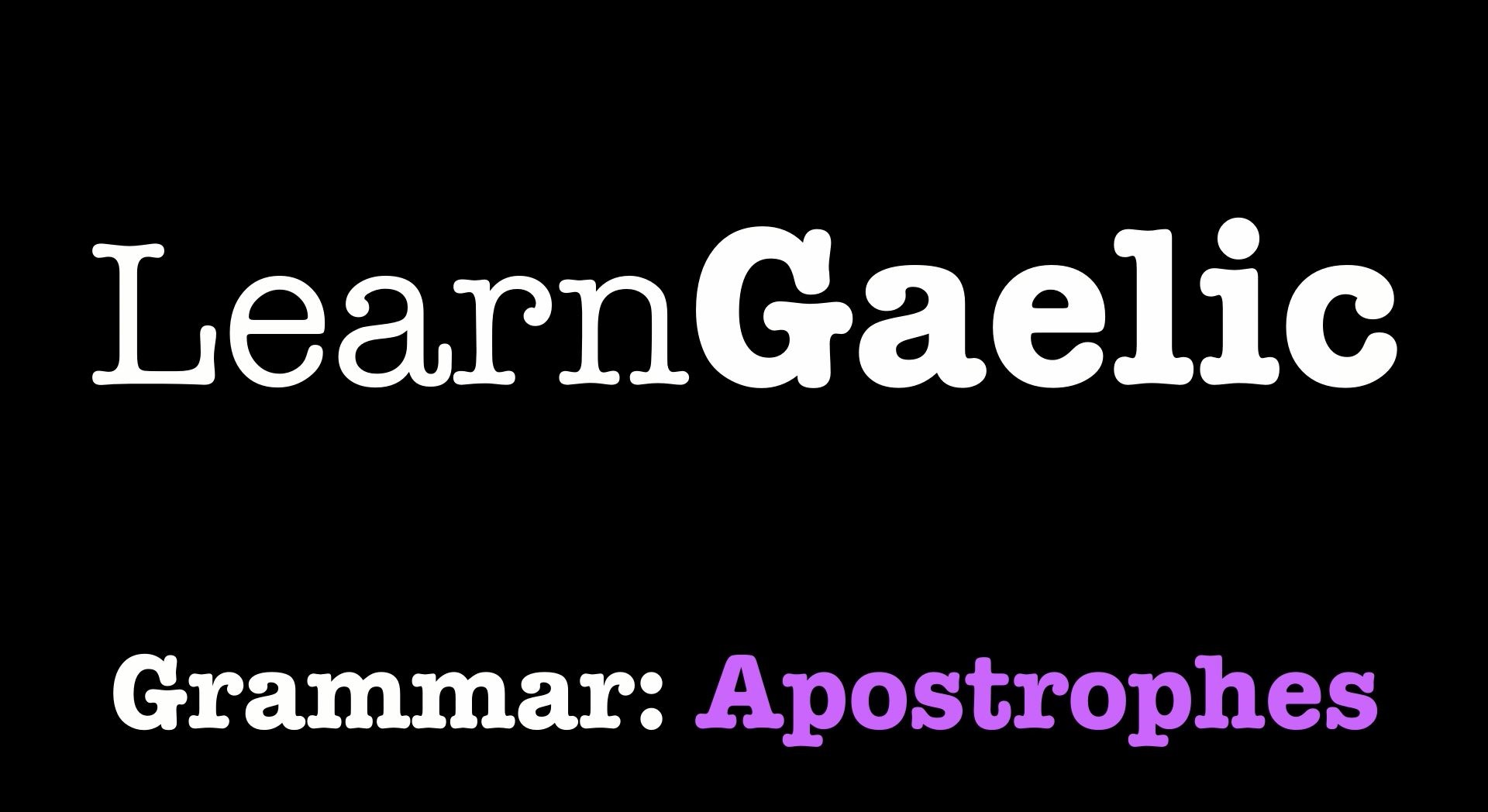
Apostrophes are a frequent occurrence in written Gaelic, consequently knowing when and when not to use an apostrophe can take some getting used to.
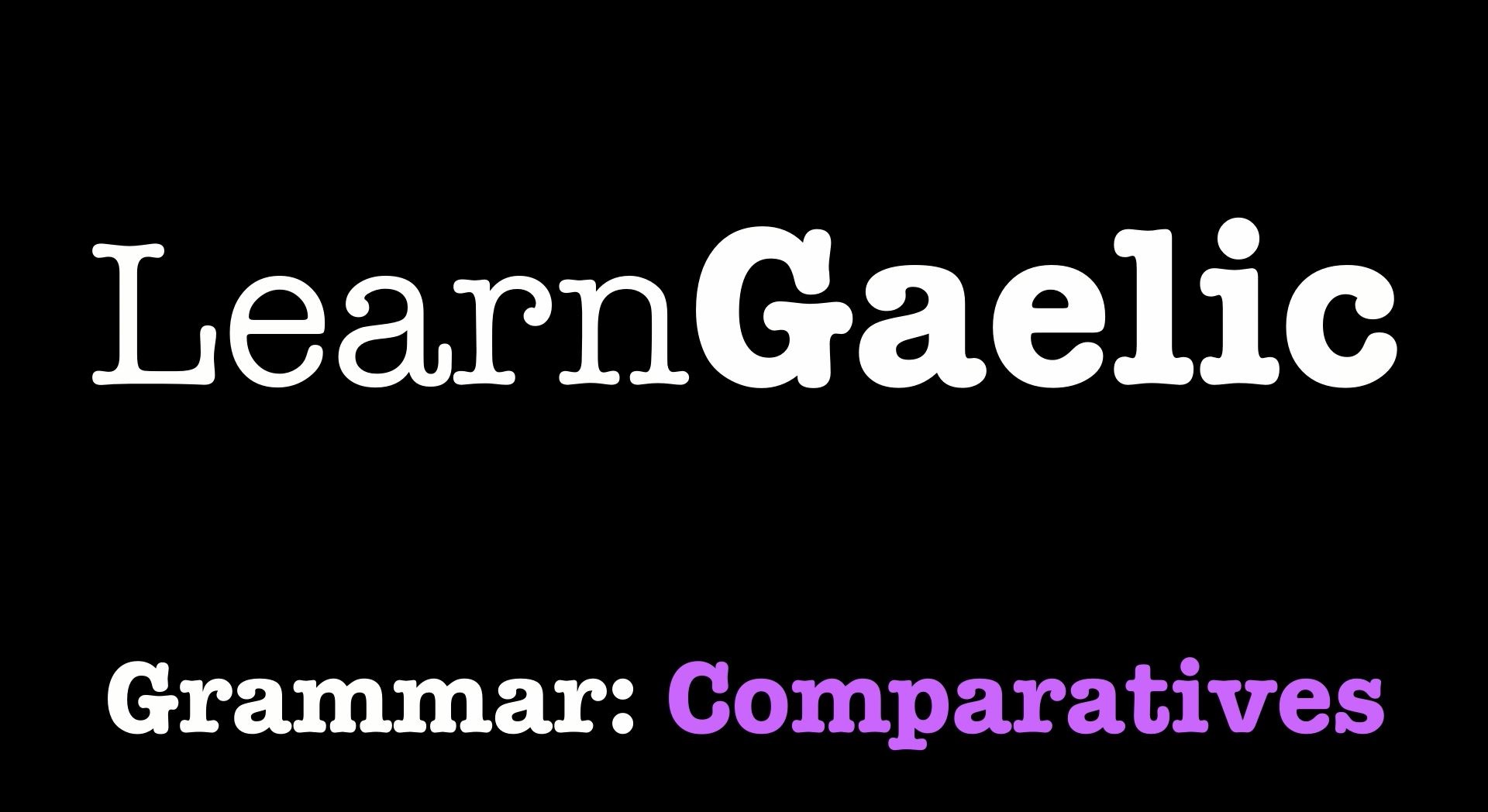
The best way to go about comparing two things in Gaelic is by using the aptly named comparatives. These would be words like “better/worse,” “bigger/smaller,” in English.
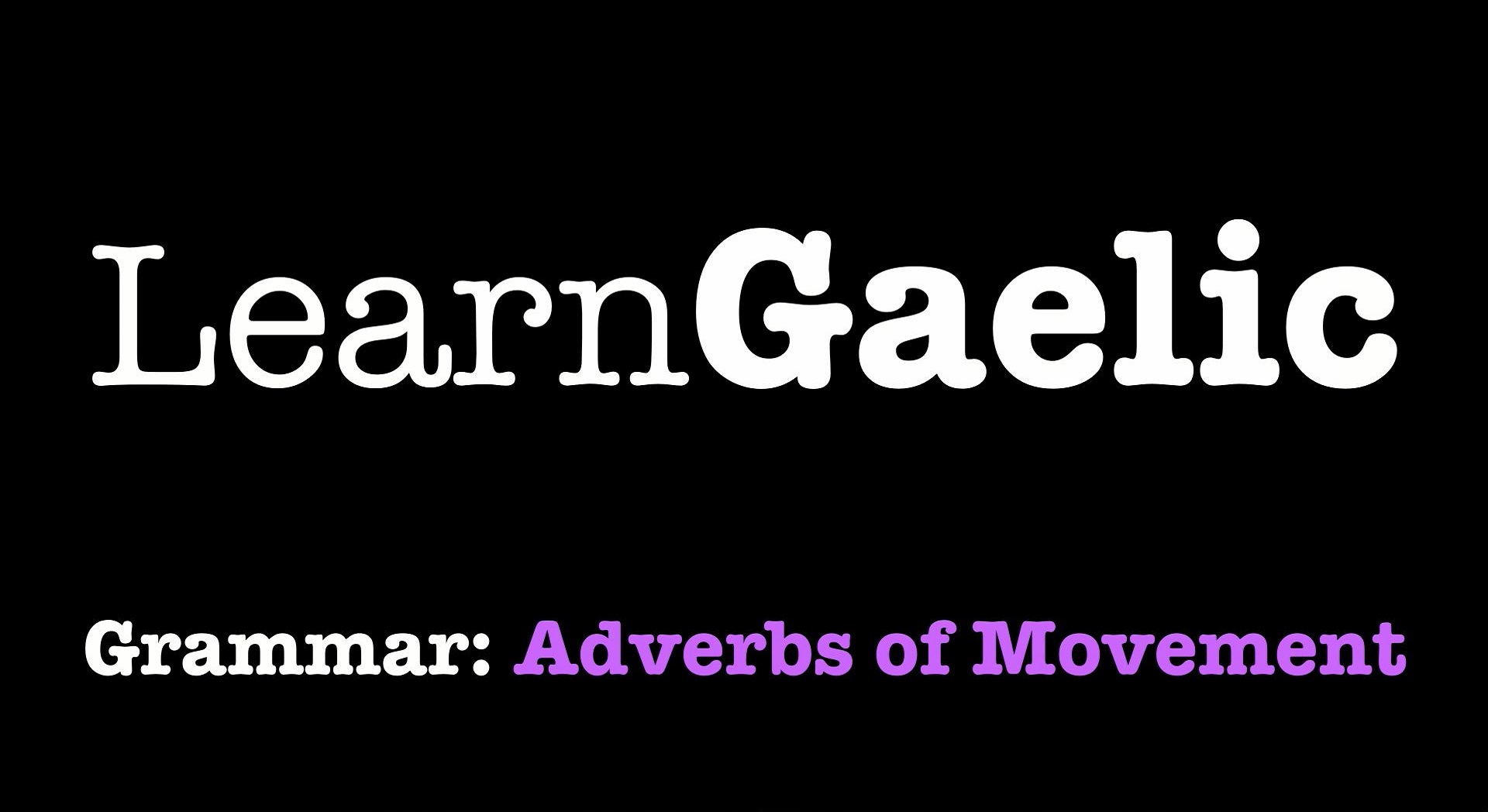
Gaelic has various different words for directional movement like out, in, up, and down. It depends on where you are and whether you are moving.